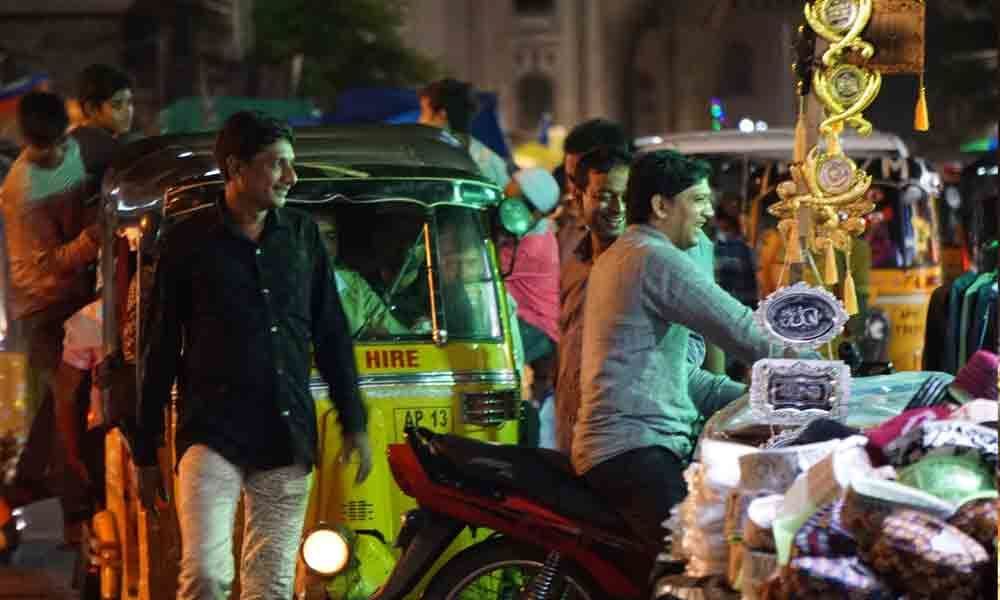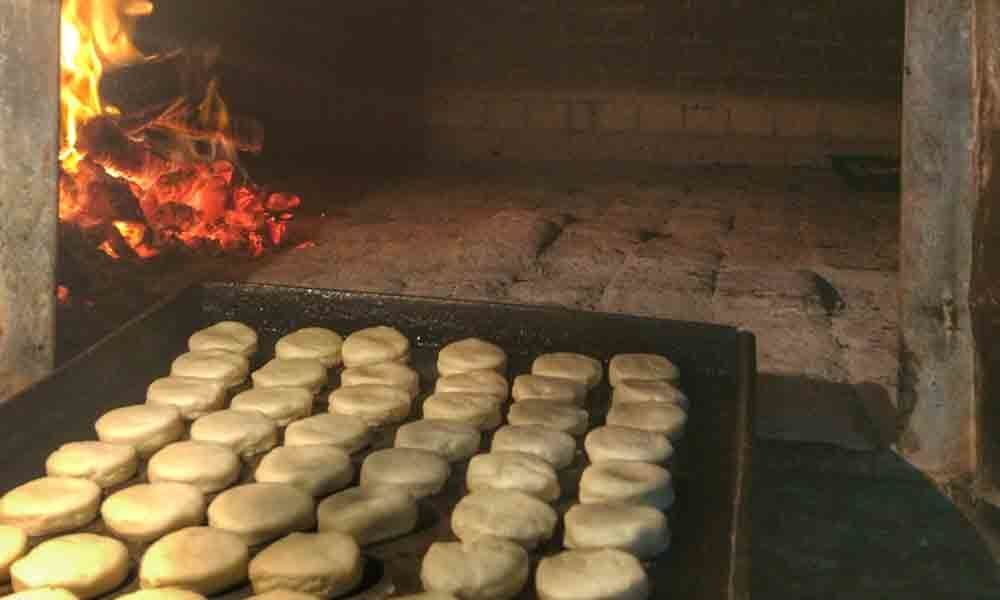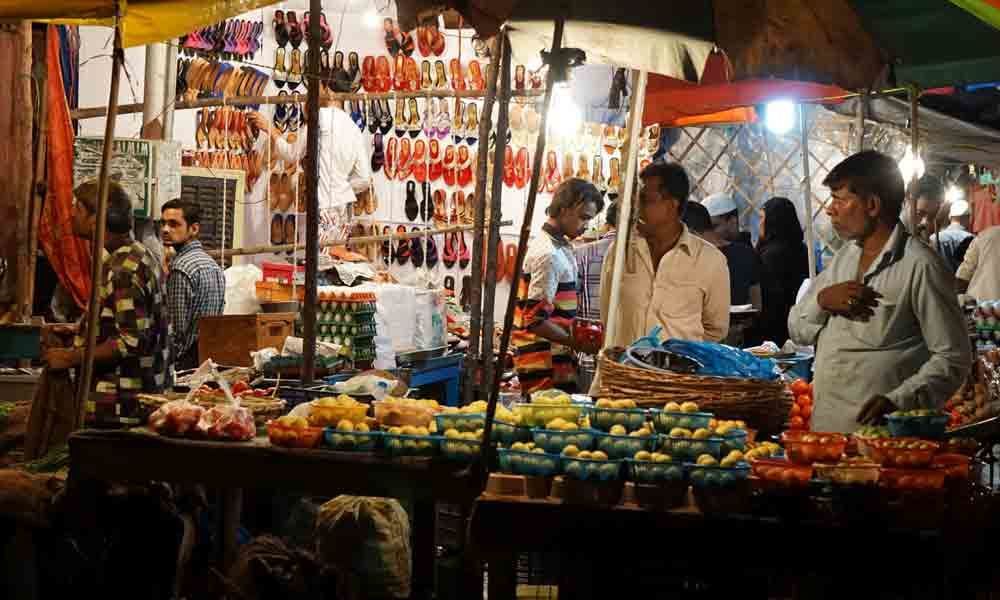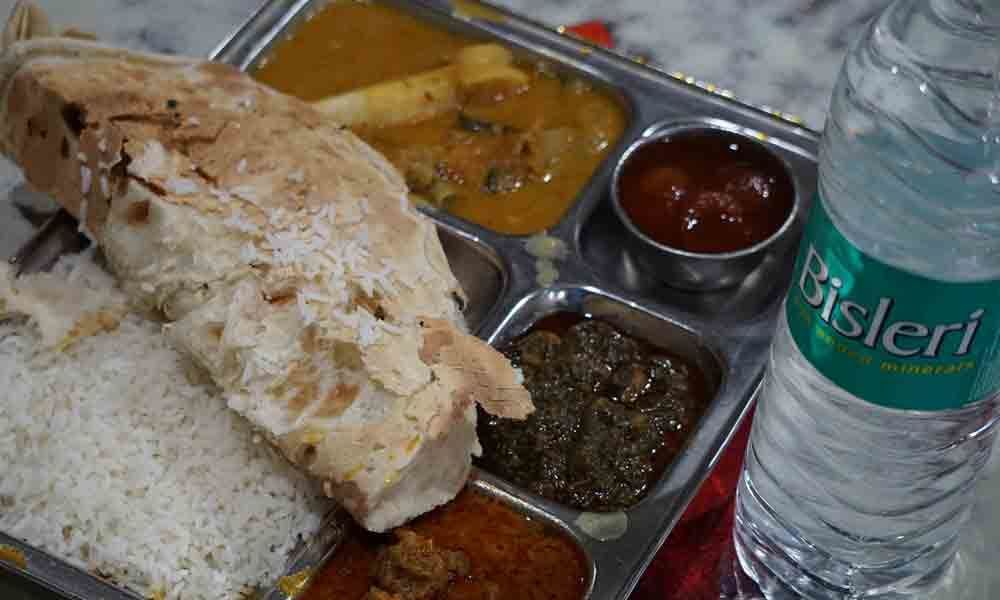Hyderabad : Feast after sundown
During the month of Ramzan, Hyderabad transforms into delightful feasting place after the sundown. The historic Charminar and surrounding areas become a hub of shopping and fiestas. This is the time of the year when Hyderabad showcases its unique culture, a fascinating revelation for those new to the city. Food blogger and techie Pallab De shares his experiences of discovering the city for the first time
As a kid growing up in a dusty and decaying industrial city in Eastern India, I knew precious little about Hyderabad beyond the Charminar and the Hyderabadi Biryani. I arrived in Hyderabad, towards the beginning of this decade, courtesy of the booming IT industry. Even before I had set foot on Hyderabad, I knew that 'Paradise' was the place to savour Hyderabadi Biryani. I knew it because the Indigo cabin crew slipped in the pitch while the flight was taxying on the runway. Yet, nothing quite prepared me for the Biryani craze in Hyderabad. No matter how much you've heard about it, you'll still end up being surprised.
During the holy month of Ramzan though, Hyderabad's love for Biryani is momentarily eclipsed by Haleem fever. Intrigued, I asked my colleagues about this dish and received polarising views. Many eagerly looked forward to the arrival of 'Haleem season', but several others complained that the colour and texture were turn-offs. My first taste of Haleem was at one of the mini kiosks serving re-heated, packaged Haleem. The veterans sniggered when I shared my experience. They told me that the only Haleem that's worth eating is the one fresh off the stove. I was told that I should explore the streets around Charminar. And explore I did!
The exploration
The perennially busy streets of Hyderabad's Old City seemingly defy laws of physics to become even more packed during the month of Ramzan. The sights and the smells, the crowd, the noise, and the chaos of it all. For the uninitiated, it can be overwhelming. But spend some time walking amidst this sea of humanity, and you'll be hooked.
During the holy month, my favourite time to hit the streets around Charminar is just after sunset. While the evening prayer is in progress, the streets are forlorn. As the prayer ends, devotees begin flittering out of the mosques. They come in ones, twos, and dozens. Siblings holding hands, couples stealing an affectionate glance, young men carrying food back home, and entire families merrily shopping. Even as the grand pillars of Charminar stand stoically by, the streets around it transform in a matter of minutes.
Haleem is one of the several culinary traditions that were brought to Hyderabad by the Arab and Persian settlers. Meat, wheat, and lentil are slow-cooked over simmering wood-fired ovens for hours. Spices and ghee are incorporated into the mash by pounding it with a 'ghotni' (wooden hammer). It's a dish that's laborious and time-consuming besides requiring expensive ingredients. Unsurprisingly, the royalty and noblemen took a liking to it.
Hyderabadi Haleem
Haleem was popularised during the early twentieth century by Sultan Saif Nawaz Jung. However, it began appearing in commercial establishments much later. Madina Hotel pioneered this dish in the 1950s; three decades later, Hotel Nayab further tweaked the recipe to create the Hyderabadi Haleem that we're familiar with today. In 2012, primarily due to the efforts of Mohammad Abdul Mujeed, the proprietor of Pista House, Hyderabadi Haleem won a GI (Geographical Indicator) tag. Popular Haleem hunts in the Old City include Shadab, Nayab, Pista House, and Shah Ghouse. Everyone has their favourite; Shah Ghouse is usually the one that ends up impressing me the most frequently. Last year, the legendary Madina hotel reopened its doors, under new management, nearly a decade after it was ravaged by a fire.
Other flavours in Old City
It took me countless trips to the Old City to craft a route-map for the readers of my blog, which is now the trail traversed by most food walks. Although Haleem gets the most attention, there's a whole smorgasbord of flavours to explore. Dishes born in Nizam's royal kitchens are now part of the common man's feast. The Mughal influence is evident, yet Hyderabad's Iftar is very much its own.
During the holy month, temporary shops selling delicacies such as Marag and Patthar ka Gosht go head to head against the perennial favourites such as Al-Akbar's Chicken 65; Shahran's Lukmi and Sheekh Kebabs; Royal's Fish Tikki; and Nayab's Kheema-Gurda-Kaleji. In the midst of it all, luscious Kesar Pista Lassi at Agra Sweets and the distinctively sweet rose-flavoured Lassi at Matwale Doodhghar are just what you need to rejuvenate yourself. Vegetarians can savour Hyderabadi Dahi Vada at Nayab, Irani Chai with assorted speciality biscuits and cookies at Nimrah, and Mango Falooda and Malai Mulberry at Milan Juice Centre. I like to hop onto a tuk-tuk and end my Ramzan food exploration on a sweet note at the historic eight-decade-old Moazzam Jahi Market. Sit under the lofty dome of the clock-tower and relish Bilal's fruit ice creams or walk across the road to dig into the dessert that won the Nizam's heart - Hameedi's Jauzi Halwa.
Iftar is only half the story of Ramzan. To experience the other half, you'll have to be a night owl. A couple of hours after midnight, as the crowd thins out, the hotels switch gears. Haleem and other Iftar specialities that are served since sunset are set aside for Sehri – a pre-fast meal taken before dawn. Paaya and Tandoori Roti, Hyderabadi Khichdi with Kheema and Khatta, Bagara Khana with Tala Hua Gosht, Mutton Dalcha and Khatti Dal are the highlights of this feast. Hotel Nayab near Madina and Shah Ghouse in Tolichowki are the favourites and pull in huge crowds even while the rest of the city sleeps. Tolichowki, which is merely a few minutes away from Hyderabad's IT hub, once acted as the entry into the kingdom of Golconda and an important military outpost. The stretch between Toliwchowki and Mehedipatnam has its own stories to tell and flavours to entice you with. But that's a story for another time and another day.

















